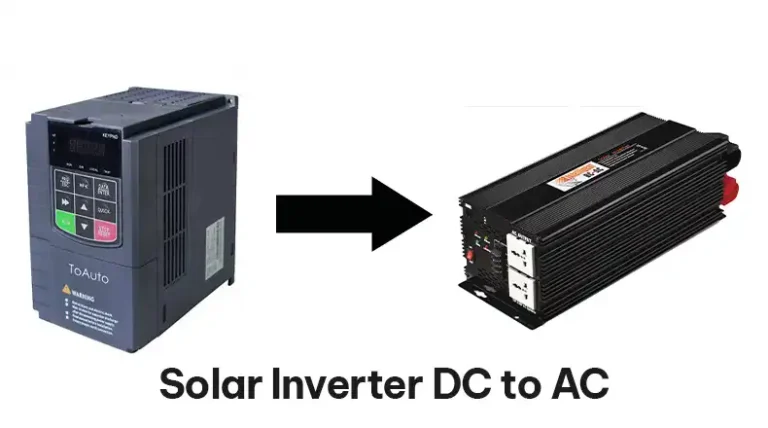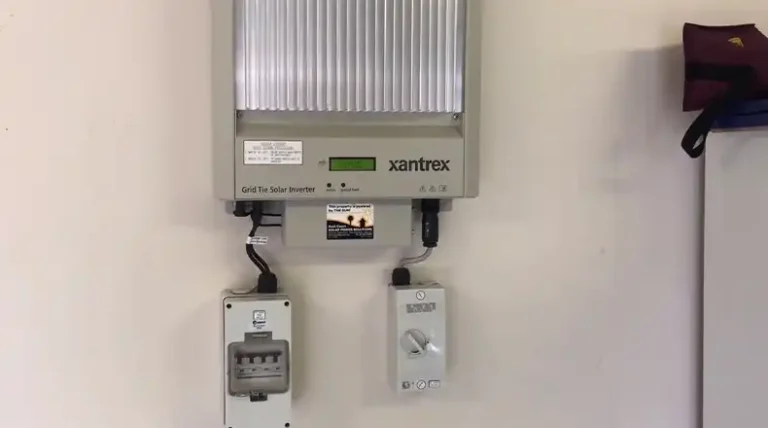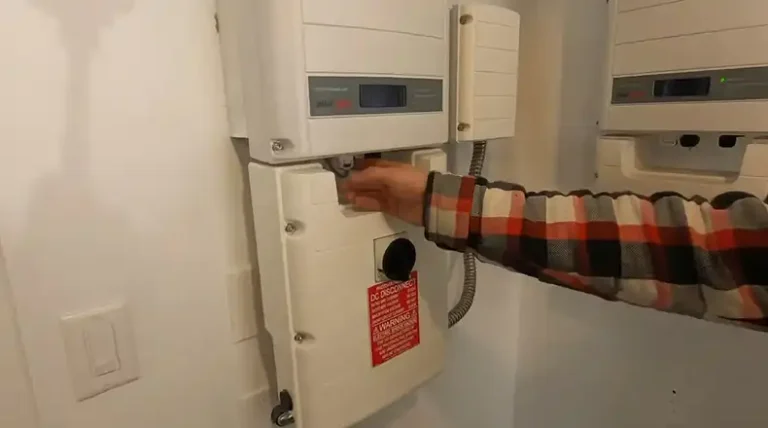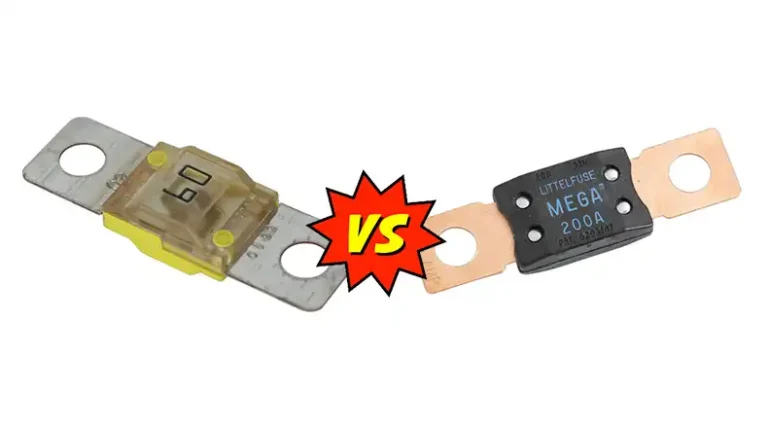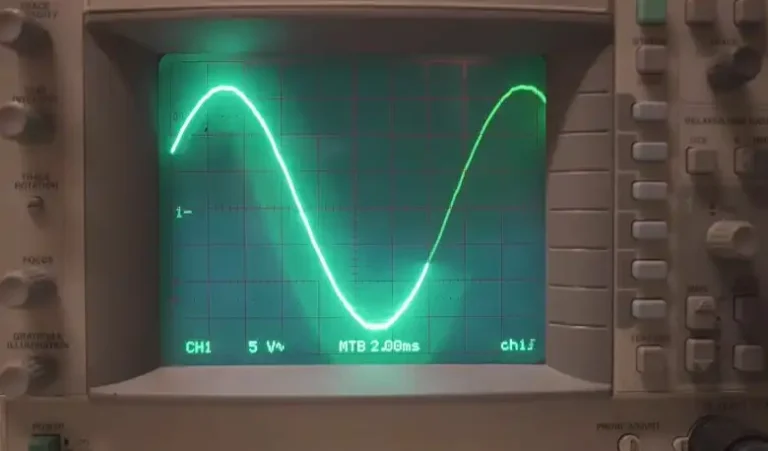How To Avoid Spark On When Connecting Inverter To Batteries?
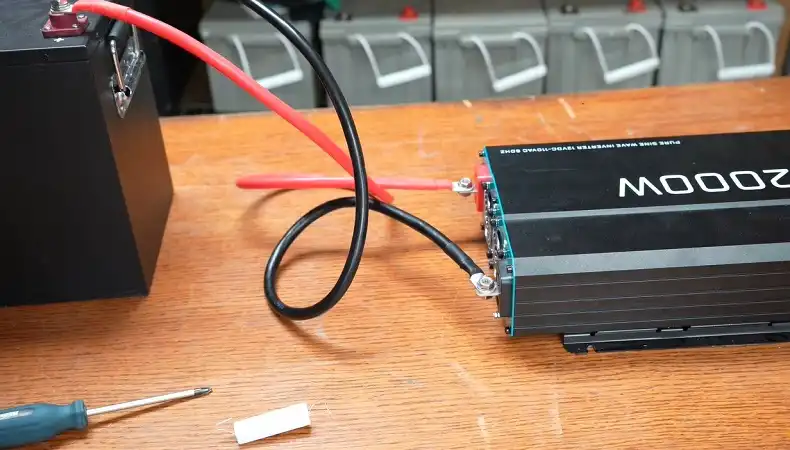
Connecting an inverter to a battery bank is a crucial step in setting up a solar power or backup power system. However, many DIY enthusiasts encounter a startling issue – large sparks flying when making the final connection.
These sparks aren’t just alarming; they can potentially damage equipment, trip battery management systems, or even pose safety risks.
Understanding why sparking occurs and how to prevent it is essential for safely installing and maintaining your power system.
In this article, we’ll explore the causes of sparking when connecting inverters to batteries and provide several practical methods to avoid this issue, ensuring a smooth and safe connection process for your DIY solar or backup power project.
Understanding the Spark: Why It Happens
When you connect an inverter to a battery bank, you’re not just completing a simple circuit. Inside that inverter are large capacitors that act like empty reservoirs, eager to fill up with electrical charge.
The moment you make the connection, there’s a sudden rush of current as these capacitors charge up. This inrush current is what causes the spark you see.
Potential Risks of Sparking
While it might seem harmless, this spark can have several negative consequences:
Damage to Components
That bright flash isn’t just for show. The intense heat generated by the spark can damage the terminals on both your batteries and inverter. Over time, this can lead to poor connections and reduced system efficiency.
Tripping Safety Systems
Many modern battery systems, especially those using lithium-ion technology, have built-in Battery Management Systems (BMS).
These safety systems can interpret the sudden inrush current as a short circuit, causing them to shut down the battery to protect it. This can be frustrating when you’re trying to set up your system.
Safety Concerns
In rare cases, particularly with lead-acid batteries, a spark near the battery can ignite hydrogen gas that may have accumulated. While uncommon, it’s a risk worth considering and avoiding.
Proven Methods to Prevent Sparking
Now that we understand why sparking occurs, let’s explore some effective techniques to eliminate or minimize it:
The Pre-charge Resistor Method
One of the most reliable ways to avoid sparking is by using a pre-charge resistor. This simple device acts as a buffer, allowing the capacitors to charge more gradually.
How to Use a Pre-charge Resistor:
- Connect the negative terminal of the battery to the inverter.
- Attach one end of the pre-charge resistor to the positive battery terminal.
- Touch the other end of the resistor to the positive terminal of the inverter for about 5-10 seconds.
- Quickly make the final connection between the battery and inverter positive terminals.
Recommended resistor values are typically between 10-50 ohms, with a wattage rating of at least 5W. Some users have reported success with resistors as high as 100 ohms.
Installing a Battery Disconnect Switch
A battery disconnect switch serves two purposes. First, it provides a convenient way to isolate your batteries for maintenance. Second, it can help minimize sparking when connecting your system.
To use a disconnect switch:
- Install the switch between your battery bank and the inverter.
- Make all connections with the switch in the OFF position.
- Once everything is connected, flip the switch to the ON position.
This method transfers any sparking to the more robust switch contacts, protecting your battery terminals and inverter connections.
The Power-Off Connection Method
This straightforward technique involves ensuring your inverter is completely powered down before making the final battery connection. While it doesn’t eliminate sparking entirely, it can significantly reduce it:
- Make sure your inverter is switched off and unplugged from any power source.
- Connect the negative terminal first.
- Connect the positive terminal last.
- Power on the inverter only after all connections are secure.
The Graphite Pencil Trick
While not as precise as using a proper resistor, some DIY enthusiasts have found success using a carpenter’s pencil as a makeshift pre-charge device. The graphite core acts as a resistor:
- Connect the negative terminal as usual.
- Touch the lead of the pencil to both the positive battery terminal and the inverter’s positive connection point.
- Hold for a few seconds, then make the final connection quickly.
This method should be considered a last resort if proper equipment isn’t available.
Pre-charging with a Power Supply
For those with access to a variable DC power supply, you can pre-charge your inverter’s capacitors before connecting to the main battery bank:
- Set the power supply to match your battery voltage.
- Connect the power supply to the inverter and turn it on.
- After a few moments, disconnect the power supply and quickly connect your main battery bank.
This method is particularly useful for larger systems where the inrush current could be substantial.
Safety Precautions: A Critical Step
Regardless of which method you choose to prevent sparking, always prioritize safety:
Double-Check Your Work
Before making any connections, carefully verify all your wiring. Ensure polarity is correct and that you’re using appropriately sized cables and connectors for your system’s amperage.
Protective Gear
Wear safety glasses and insulated gloves when working with batteries and high-current connections.
Fire Safety
Have a suitable fire extinguisher nearby, rated for electrical fires.
Ventilation
Work in a well-ventilated area, especially when dealing with lead-acid batteries that can emit hydrogen gas.
Special Considerations for Different Battery Types
Lead-Acid Batteries
Traditional lead-acid batteries are generally more forgiving when it comes to inrush current. However, they pose a greater risk of gas emission, making spark prevention crucial for safety.
Lithium-Ion Batteries
Modern lithium battery systems often have sophisticated BMS units. These can be more sensitive to inrush current, potentially shutting down if they detect what they interpret as a fault. Using a pre-charge method is particularly important with these systems.
Conclusion: Spark-Free Connections for a Safer System
Connecting an inverter to a battery bank doesn’t have to be a nerve-wracking experience filled with sparks and uncertainty.
By understanding the cause of sparking and implementing one or more of the methods we’ve discussed, you can ensure a safe, efficient connection every time.
Remember, the key points to keep in mind are:
- Always prioritize safety with proper precautions and equipment.
- Choose a spark prevention method that works best for your specific setup.
- Be aware of the differences between battery types and adjust your approach accordingly.
With these techniques in your DIY solar toolkit, you’ll be well-equipped to build and maintain your power system with confidence. Happy building, and here’s to spark-free connections in all your future projects!
Frequently Asked Questions
1. How To Connect An Inverter To A Battery Without Sparking?
To connect an inverter to a battery without sparking, ensure that the inverter is turned off before making any connections. This prevents the sudden flow of current that can cause sparking when the cables are attached.
2. Why Does The Inverter Spark When Connecting To The Battery?
It’s not uncommon for an inverter to spark when connecting to the battery because you’re charging the capacitors within the inverter. These components require a quick influx of power, leading to a brief spark as the connection is made.
3. How To Connect An Inverter To A Battery Safely?
To connect an inverter to a battery safely, attach the inverter’s positive cable to the positive terminal of the first battery and the negative cable to the negative terminal of the last battery in your series-parallel setup. Ensure all connections are secure, and the inverter is off before starting.
4. Can You Touch Inverter Battery Terminals With Your Hand?
Yes, you can touch both the terminals of an inverter battery with your bare hands without getting shocked because the voltage is usually low. However, it’s always safer to avoid direct contact to prevent accidental short circuits or other mishaps.
5. Can You Leave An Inverter Connected To A Battery?
Yes, you can leave an inverter connected to a battery. It’s recommended to keep the inverter as close to the batteries as possible, though the load can be connected with an extension cord and located up to 200 feet away without significant signal loss.

